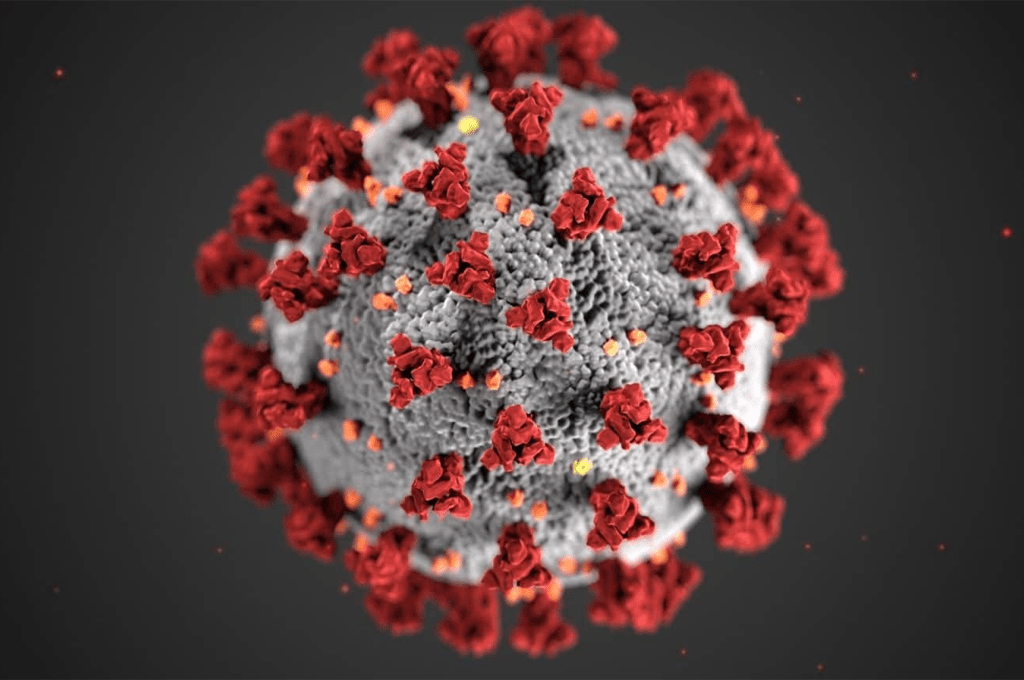Collaboration is key to efficient tracing of infectious diseases
Using the latest DNA technology disease outbreaks can be tracked and mapped more effectively than before. But Swedish authorities, the health care sector and researchers need to collaborate closely to employ these technologies according to a report from SciLifeLab, Uppsala University and the National Veterinary Institute (SVA).
Being one of the largest centers for the advanced DNA technology called next generation sequencing, NGS, SciLifeLab could contribute to efficient tracing of infectious diseases. That is why Maria Sörby, Site Manager at SciLifeLab in Uppsala, together with Jens Mattsson, Director General at SVA, applied for project financing which resulted in the project “Collaboration for efficient tracing of infectious diseases” which has now released its final report.
“I am glad that this project can contribute to a more efficient national readiness for disease outbreaks involving several parties.” Maria Sörby says. “We have got many positive reactions from physicians who have seen what the technology can do and how we can cooperate more closely.”
Better than a fingerprint
To prevent outbreaks of infectious diseases and reduce their impact it is crucial to quickly characterize infectious disease agents when they appear. It is important to determine the source of the infection, if and how it is transmitted among humans, in the food production chain and between animals and humans. It is also becoming more and more important to trace the spread of bacteria that are resistant to antibiotics.
Until recently the process of mapping the spread has been carried out using genetic markers, a kind of bacterial “fingerprint.” Thanks to the rapid technological development it is now possible to look at the entire bacterial genome using NGS.
“This technology enables us to distinguish closely related bacteria from each other, which we could not do before.” Says Robert Söderlund, researcher at SVA and project leader. “This in turn gives us more solid proof when we investigate disease outbreaks. It also gives us the opportunity to build databases that can be used for future comparison and detection.”
Knowledge transfer and education needed
To document the present situation and find ideas for new collaborations within the Swedish public sector regarding the use of NGS in infectious disease tracing, “Collaboration for efficient tracing of infectious diseases” has gathered information from regional infectious disease control organizations, clinical laboratories, authorities and SciLifeLab units using questionnaires, interviews and a workshop.
The final report from the project states that knowledge transfer and education about the use of NGS is vital to allow the technology to contribute to a more efficient control of infectious diseases. National and international cooperation regarding exchange of NGS data also needs to be improved as well as the understanding of how NGS analysis results are to be interpreted, e.g. during an outbreak, according to the report.
About the project
“Collaboration for efficient tracing of infectious diseases” has been active 2015-2016 with funding from Vinnova within the framework of a collaboration program at Uppsala University, and has been performed in collaboration between SciLifeLab and the National Veterinary Institute (SVA). Additionally, the project steering committee and reference group have included representatives from the National Food Agency, the Public Health Agency of Sweden, the Swedish Association of Infectious Disease Physicians, The Board of Agriculture, and the Swedish Association of Local Authorities and Regions.
The project report can be dowloaded here.




